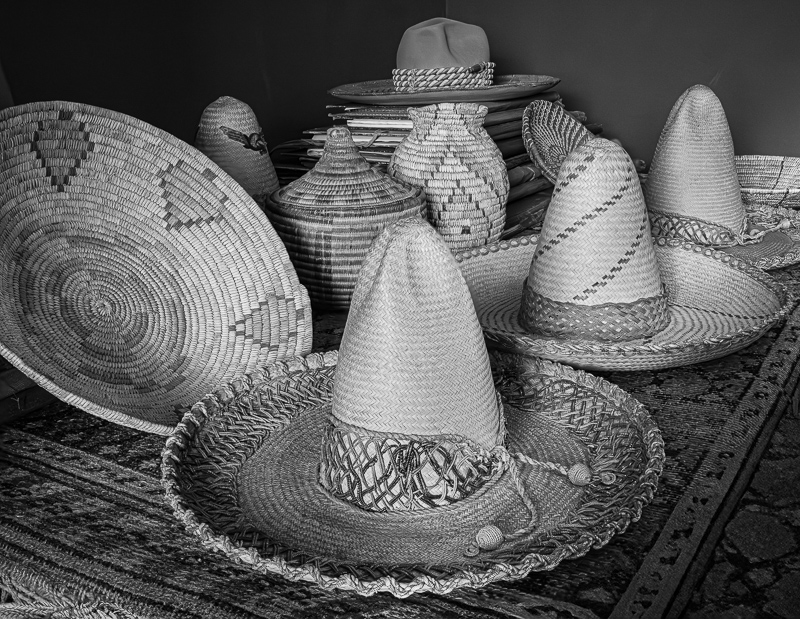Every Picture Is a Compromise
Lessons from the Also-rans
Most photography websites show the photographer's very best work. Wonderful. But that's not the full story of a creative life. If we want to learn, we'd better pay attention to the images that aren't "greatest hits" and see what lessons they have to offer. Every picture is a compromise — the sum of its parts, optical, technical, visual, emotional, and even cosmic – well, maybe not cosmic, but sometimes spiritual. Success on all fronts is rare. It's ok to learn from those that are not our best.
This is a series about my also-rans, some of which I've been able to improve at bit (i.e., "best effort"), none of which I would consider my best. With each there are lessons worth sharing, so I will.

Previous image | Next image |
Original digital capture

Gilded Age Week
I've been working on a long-term project photographing in historic Gilded Age homes here in upstate New York. Just getting started, but the project is finding its direction. Here are a few examples. BTW, all handheld at high ISO, then processed with AI Noise Reduction.
What I saw that I liked:
These hats seemed so out of place, but I learned that travel was a big part of that Gilded Age life.
What I don't like in the picture:
The one above is image #1 of a 9-image focus stack.
What I learned:
I knew that an important part of this image is the detail in the weaving. From front to back, it has to be sharp. I wanted the camera relatively close to make a tight crop and that would diminish the depth of field. A focus stack was the better solution rather than a small aperture. I'm not sure a shot at f/16 or even f/22 would have rendered the sharp detail I wanted. Focus stacking was the only answer — and isn't it amazing how well the focus stack worked even though these shots were all handheld at 1/125th of a second and shot at ISO 5000 on an m4/3 camera.
2nd Chances: What I might try next
This one could be a bit brighter, maybe 1/3 or 1/2 a stop or so. |
|


